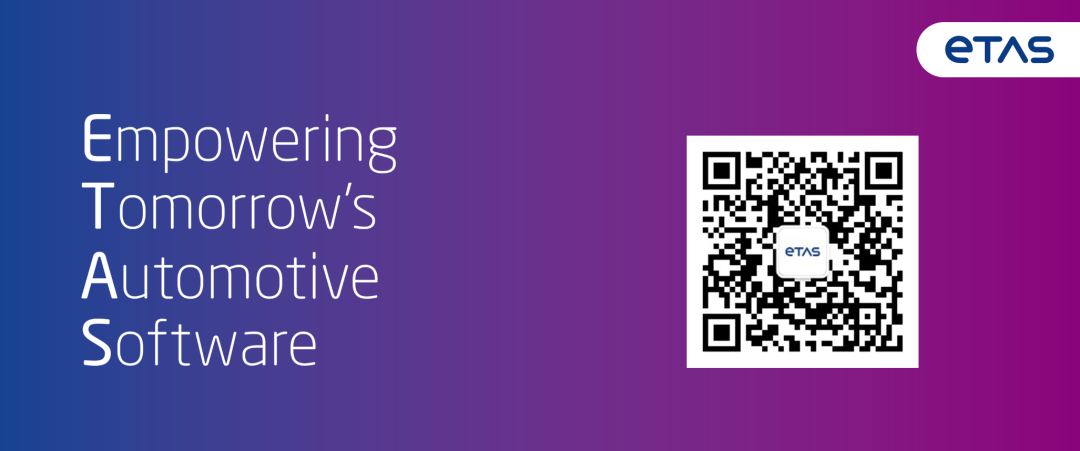
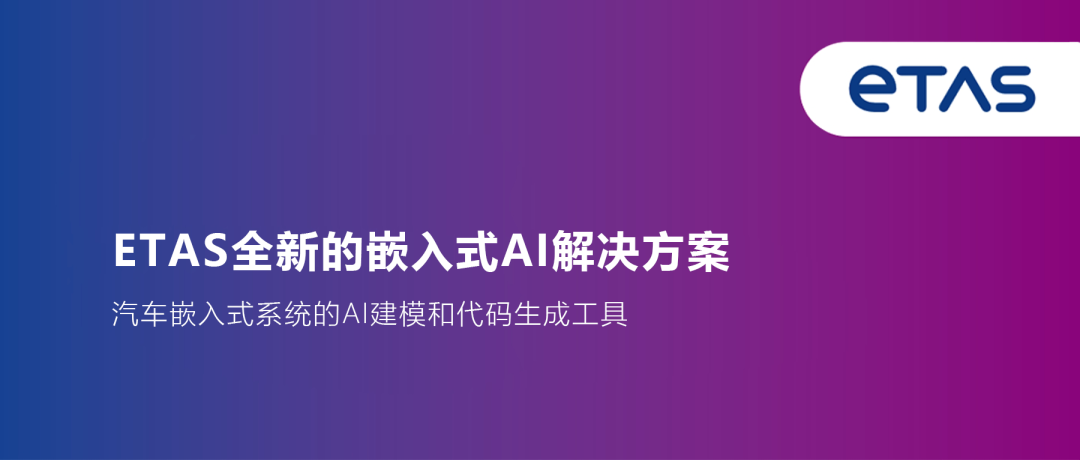
ETAS’s New Embedded AI Solutions
AI modeling and code generation tools for automotive embedded systems
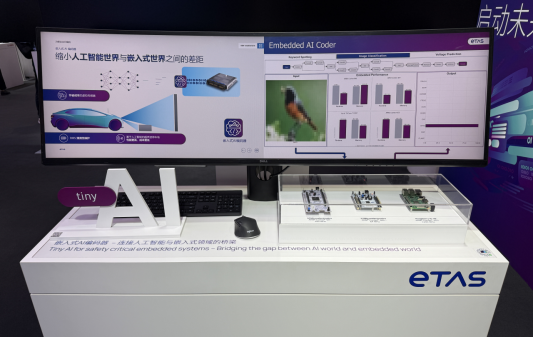
Key ETAS tools discussed in this article:
ASCMO tool family
Capable of constructing AI models based on data and automatically implementing parameter optimization;
Embedded AI Coder
Deploys trained neural networks into high-performance embedded C code for µC and µP.
Introduction
“Automatically generate safe and efficient C code for embedded systems from trained AI neural network models”. Recently, ETAS showcased its new intelligent tool, Embedded AI Coder, at the 2025 Shanghai International Auto Show.

Embedded AI Coder serves as a bridge between AI models and embedded control, helping automotive clients achieve low cost, high safety, and optimal resource efficiency, validated through Bosch mass production projects.

Embedded AI Example
As an extension, this article will detail an example using ETAS’s ASCMO tool for data-driven AI modeling, starting from the initial data file table, constructing and training a neural network model, and then automatically generating C code through Embedded AI Coder.
At the end of the steps, a compressed package of the final generated source code will be attached for review, allowing users to experience ETAS’s embedded AI solutions.

1. First, open ASCMO Desk. The ASCMO tool series is designed for data-driven AI modeling tasks, aiming to create a mathematical or machine learning model that accurately reproduces one or more output behaviors of the system. To effectively train the model, we need relevant input-output data that helps describe the system’s output behavior.
For time-dependent transient data, select to open ASCMO Dynamic.
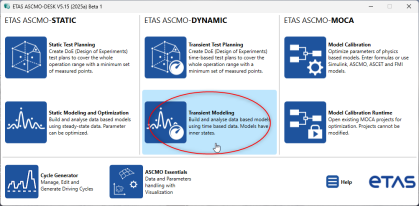
2. We select a battery data file to predict voltage based on SOC and current for the BMS system, which can improve battery management, ensure system stability, optimize performance, and detect faults, ultimately enhancing overall reliability and efficiency.
Import the data table Excel file into ASCMO.

3. Set the battery voltage as the model output, then select RNN (Recurrent Neural Network) as the modeling type.
Click OK, and ASCMO will automatically train the model, allowing users with no machine learning experience to easily and quickly obtain an AI neural network model.
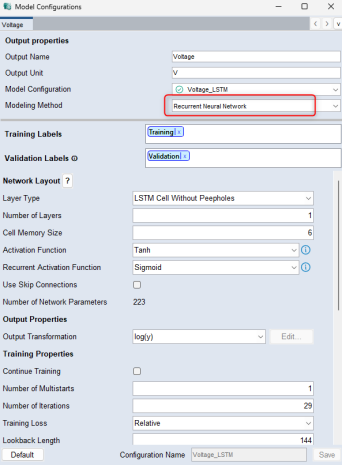
From the resulting curve, we can also see how well the model output values represent the actual measured values.
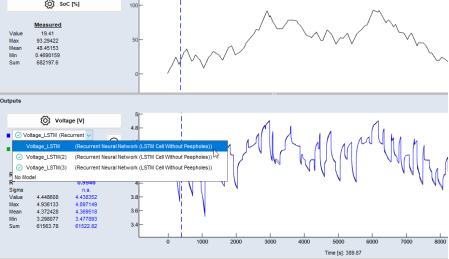
4. Correspondingly, ASCMO also provides Auto ML functionality, which can automatically explore the best model architecture and parameters through algorithms.
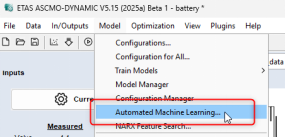
Open Auto ML, and users only need to predefine the exploration space for automated machine learning (i.e., parameter range).
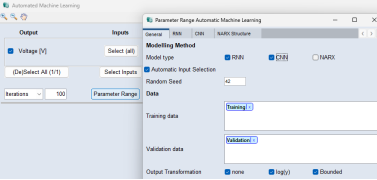
5. Once the model of the target type is trained and the output meets expectations, in version v5.15 of ASCMO, you can choose to export the object in Embedded AI Coder format.
In this example, we will obtain a neural network model file named predict_Voltage.keras from ASCMO.
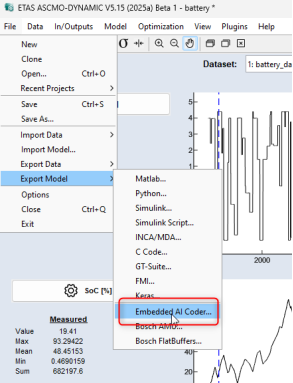
6. Next is the key step, generating code through AI Coder.
Using the command line, enter “coder code predict_Voltage.keras”, and AI Coder can fully automate the coding process.
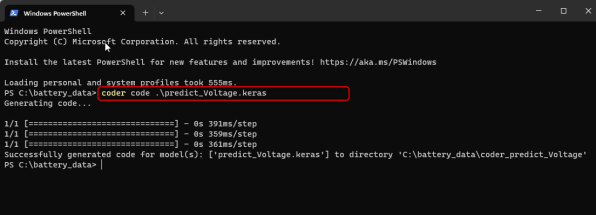
7. In the generated C code folder, we see the complete results generated by Embedded AI Coder as shown in the following image.
The readme text also details the folder hierarchy and the explanation and purpose of each file.
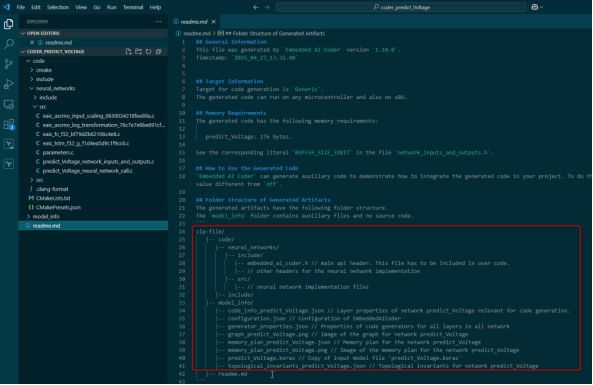
In the src source code directory, there is the critical embedded implementation code for the AI neural network model.
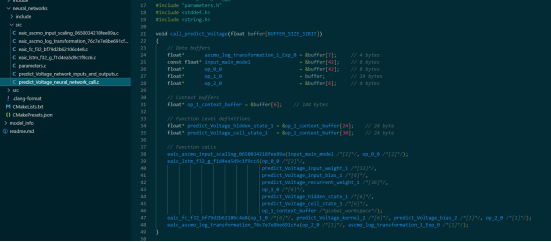
Finally, a compressed package of the code generated by Embedded AI Coder is attached for reference and review.
<coder_predict_Voltage.zip>
Click to read the original text for the download link
ETAS Embedded AI Solutions
Choosing to apply AI in embedded systems enables users to unlock technological innovation and gain numerous core values, such as:
-
Using AI models to replace complex functional rule logic can shorten development cycles and enhance product performance;
-
Employing AI virtual sensors instead of real physical sensors not only saves considerable costs per vehicle but also optimizes mechanical structures.
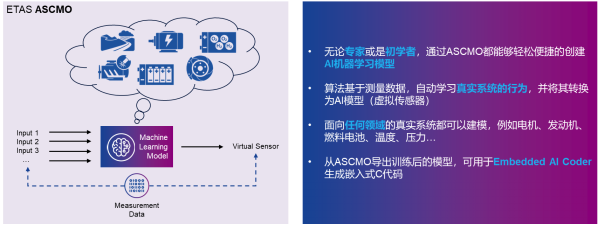
ASCMO and AI Coder can drive R&D innovation, deploying the currently popular AI neural network models into high-safety embedded code on existing controller architectures, injecting fresh blood into traditional automotive embedded control.
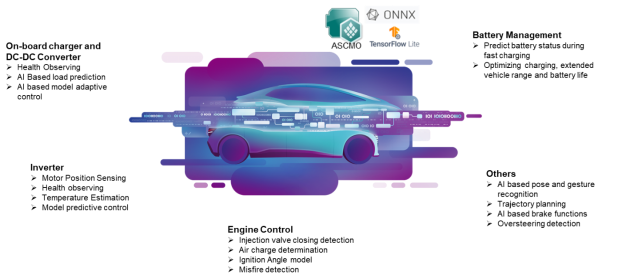
For inquiries related to embedded AI topics, please feel free to consult.

For more information, please visit
www.etas.cn
